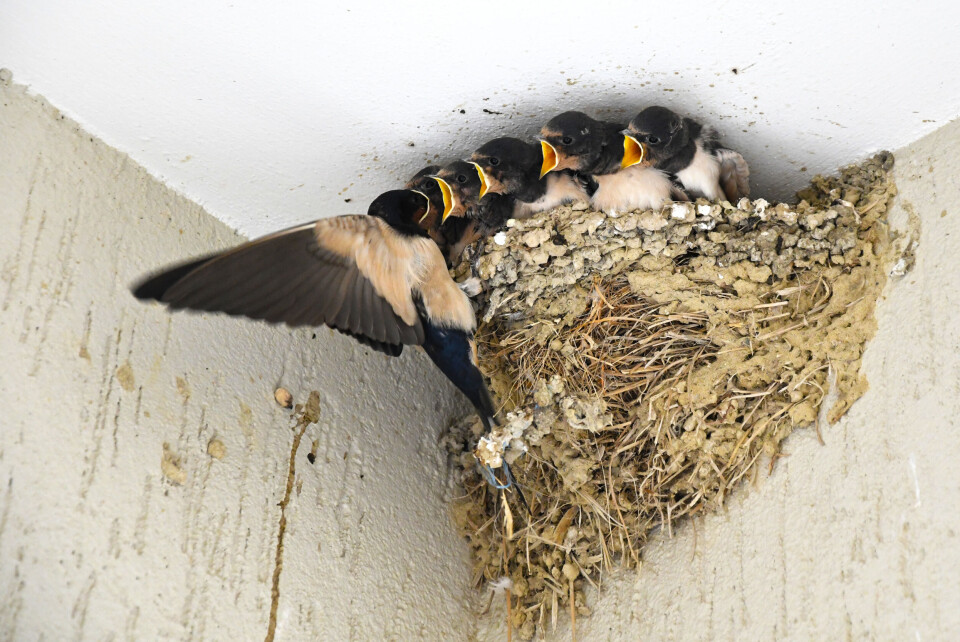-
Duck Cold! Four French phrases to use when it is freezing outside
We remind you of French expressions to use to describe the drop in temperature
-
When and why do we say le moral dans les chaussettes?
We explore this useful expression that describes low spirits
-
The origins and meaning of tirer les marrons du feu
As Christmas approaches, we look at a phrase to describe someone who takes advantage of a situation
Oiseaux de France goes digital to keep tabs on declining species
The organisation hopes this will help them spot avian trends quicker

The rapidly changing fortunes of certain birds has prompted a wildlife charity to reassess how it publishes information about them.
Hoopoes and swallows are just two migratory species that feature in a new digital atlas of the birds of France being prepared by the Ligue pour la Protection des Oiseaux (LPO).
The project, called Oiseaux de France, plans to produce individual sheets on the birds in 2024, rather than its historic method of publishing one large physical atlas of bird life every 15 years or so.
It would allow the charity to update information about some species more quickly where necessary.
General feeling that swallows are declining across Europe
Jérémy Dupuy, coordinator of Oiseaux de France, said: “The general feeling is that swallows are declining across Europe, including France, and we see fewer of them each year, but they are not listed as threatened.
“They eat insects and modern farming methods, which have greatly cut the number of insects, have probably made it harder for them.”
Two species of swallows nest on or in buildings, and it is forbidden to destroy the nests without authorisation.
Where it is necessary, authorities might ask that artificial nests, sometimes seen in garden centres, are put up nearby.
“It does not always work,” admitted Mr Dupuy.
“They are more picky than blue tits, which almost always move into new nest boxes.
Swallows are very loyal to nests which are already built, and when these are removed they are disorientated and might move away.
But there have been cases where artificial nests have been ignored for years, then suddenly occupied.”
Unlike swallows, hoopoes are doing well
Unlike swallows, hoopoes are doing well, taking advantage of warmer weather to move north from their traditional areas in the south of France.
“They, too, are very attached to the same bits of ground, and it is thought that individuals often return to the same villages and gardens, year after year.”
Hoopoes nest mainly in holes in trees, or caves, but sometimes also in the roof space of houses.
They are notorious for covering their nests in faeces to deter predators.
“I have examined a few hoopoe nests and they are very, very smelly,” said Mr Dupuy.
“It is the main reason why they are not found in many inhabited buildings.
Over the years, they have realised there is a better chance of the nest being left alone in trees or caves.”
While swallows migrate to and from southern Africa, the hoopoes that come to France each year are mainly from West Africa.
Mr Dupuy said the Oiseaux de France initiative aims to show the spread of bird species in various parts of the country and the trends affecting them, and to count samples of birds.
Most of the participants in the project are professional ornithologists but amateur birdwatchers, especially those with scientific training, are also taking part.
Related articles
Join a bird protection group in France and continue historic tradition
Diary of a birdwatcher in France: Migration
Nature watch in France: identify doves and how to help injured birds
























